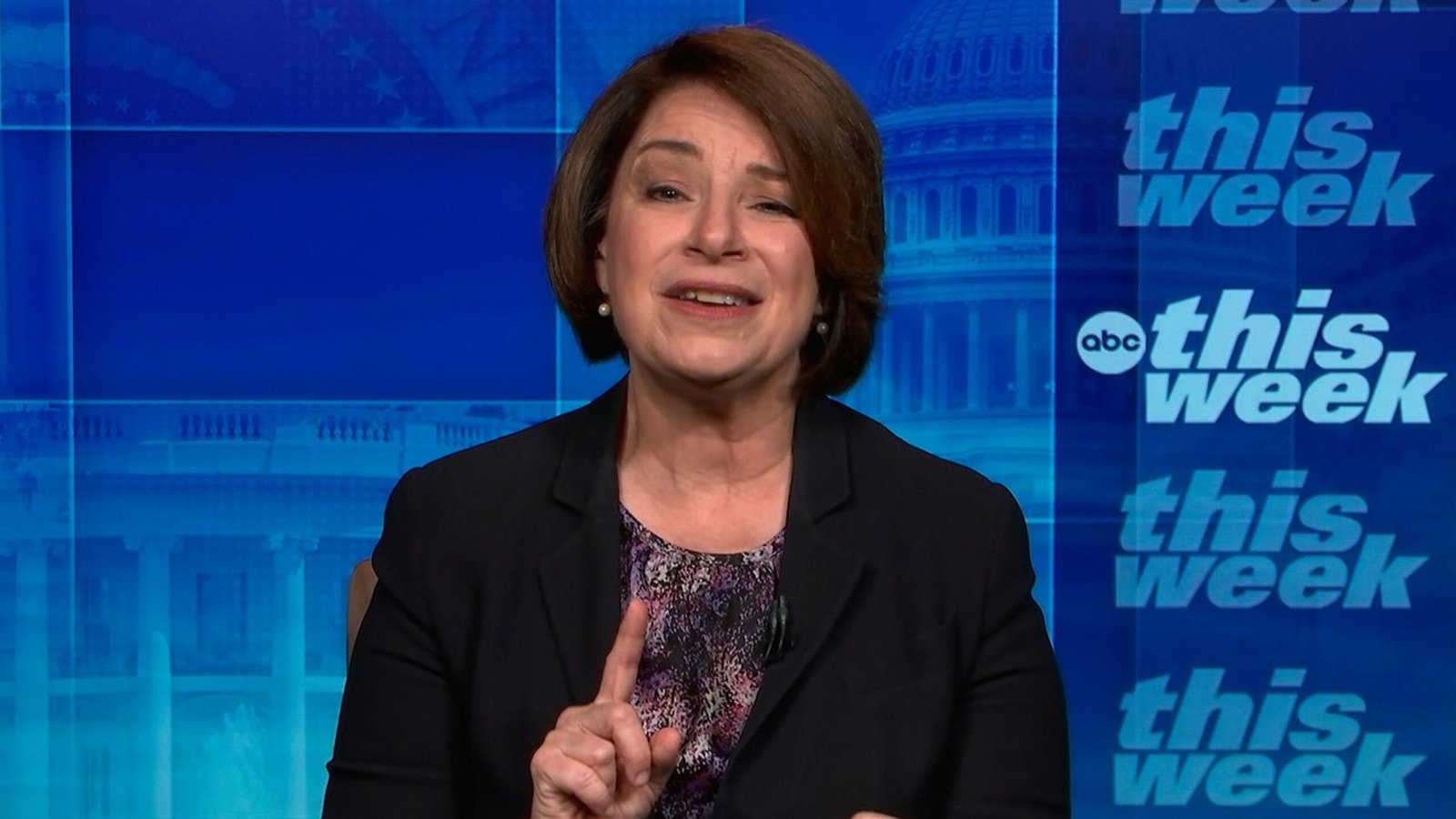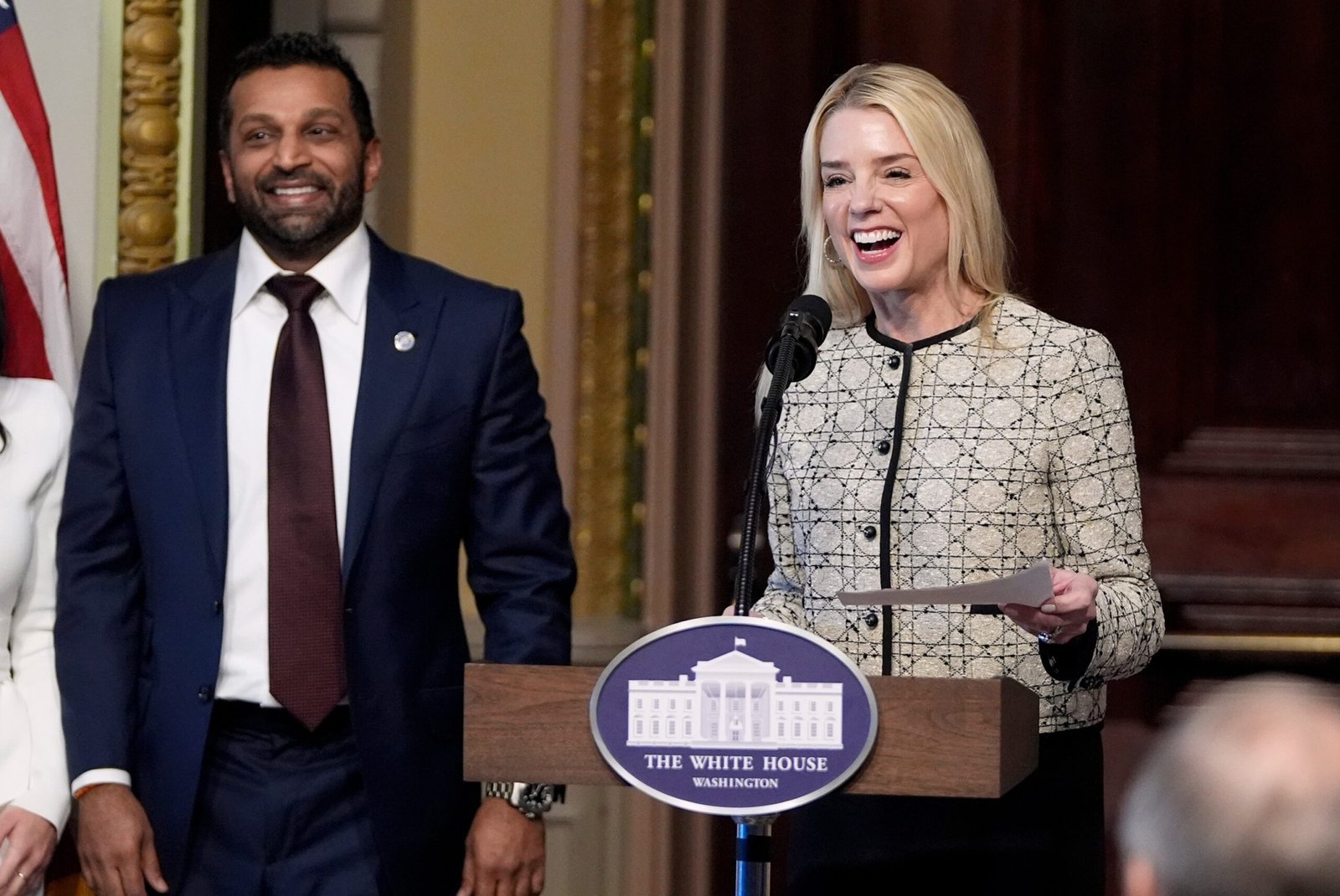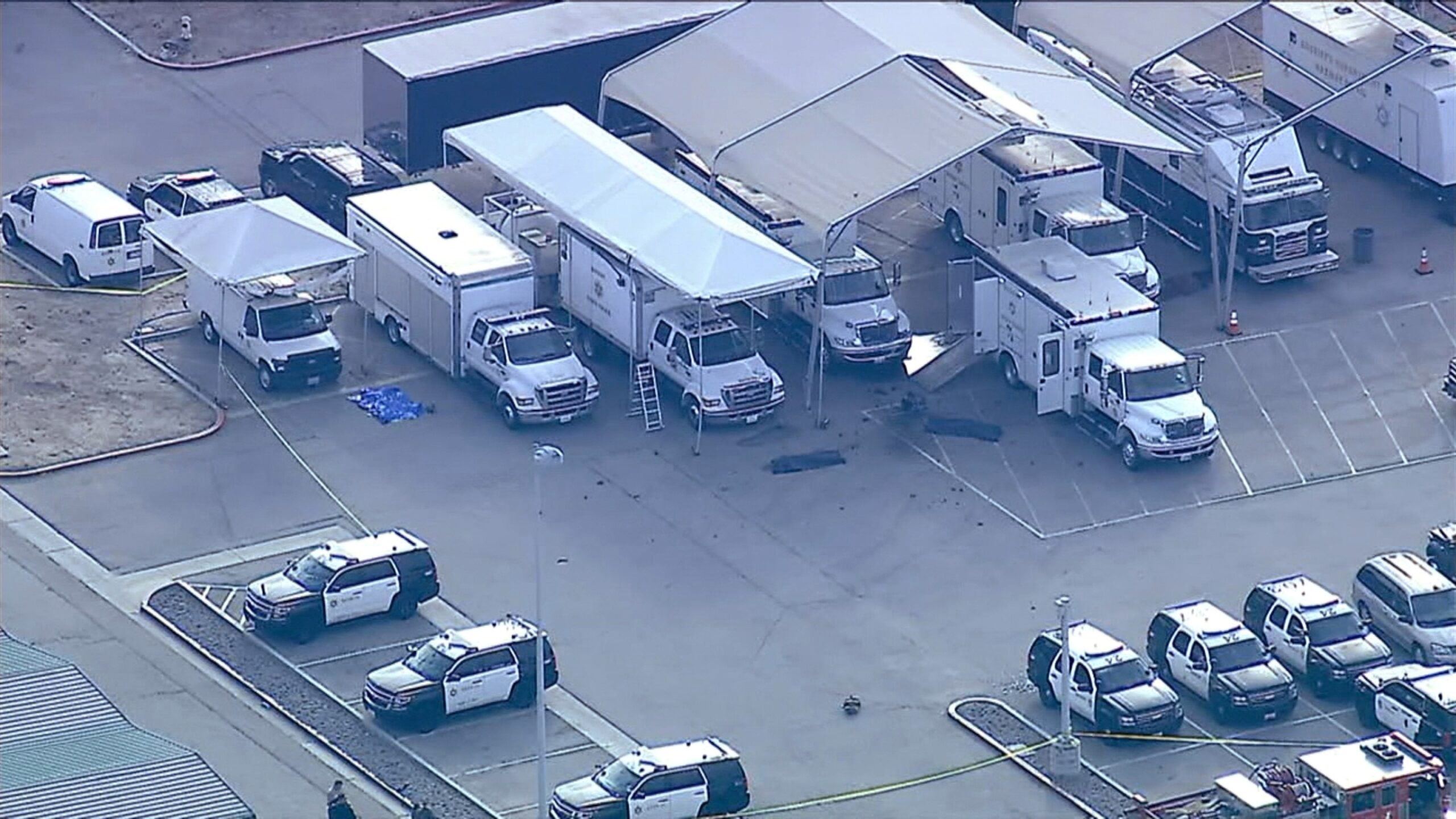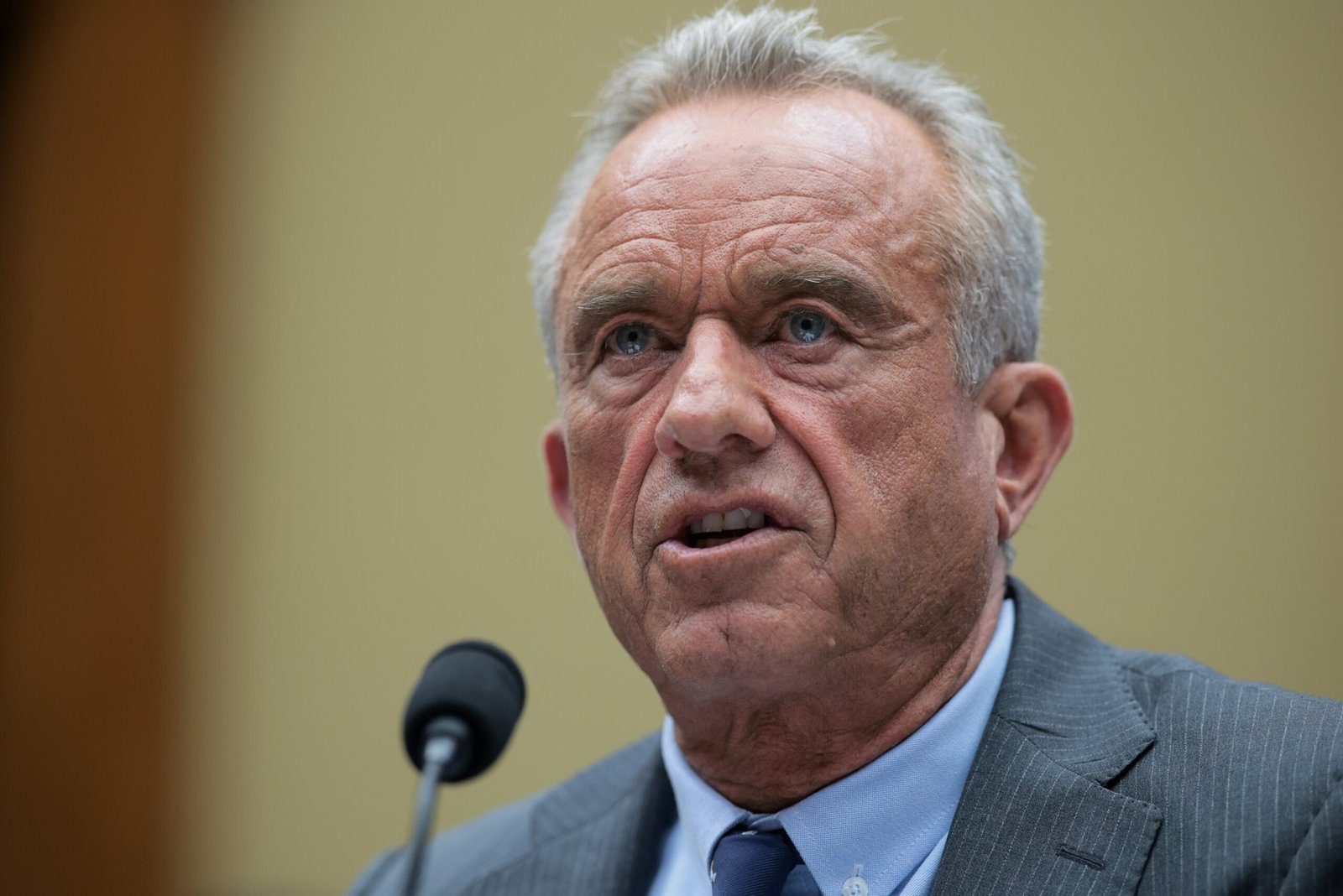Judge to issue the order ‘Very soon’ on California’s challenge to the deployment of Trump troops to Los Angeles
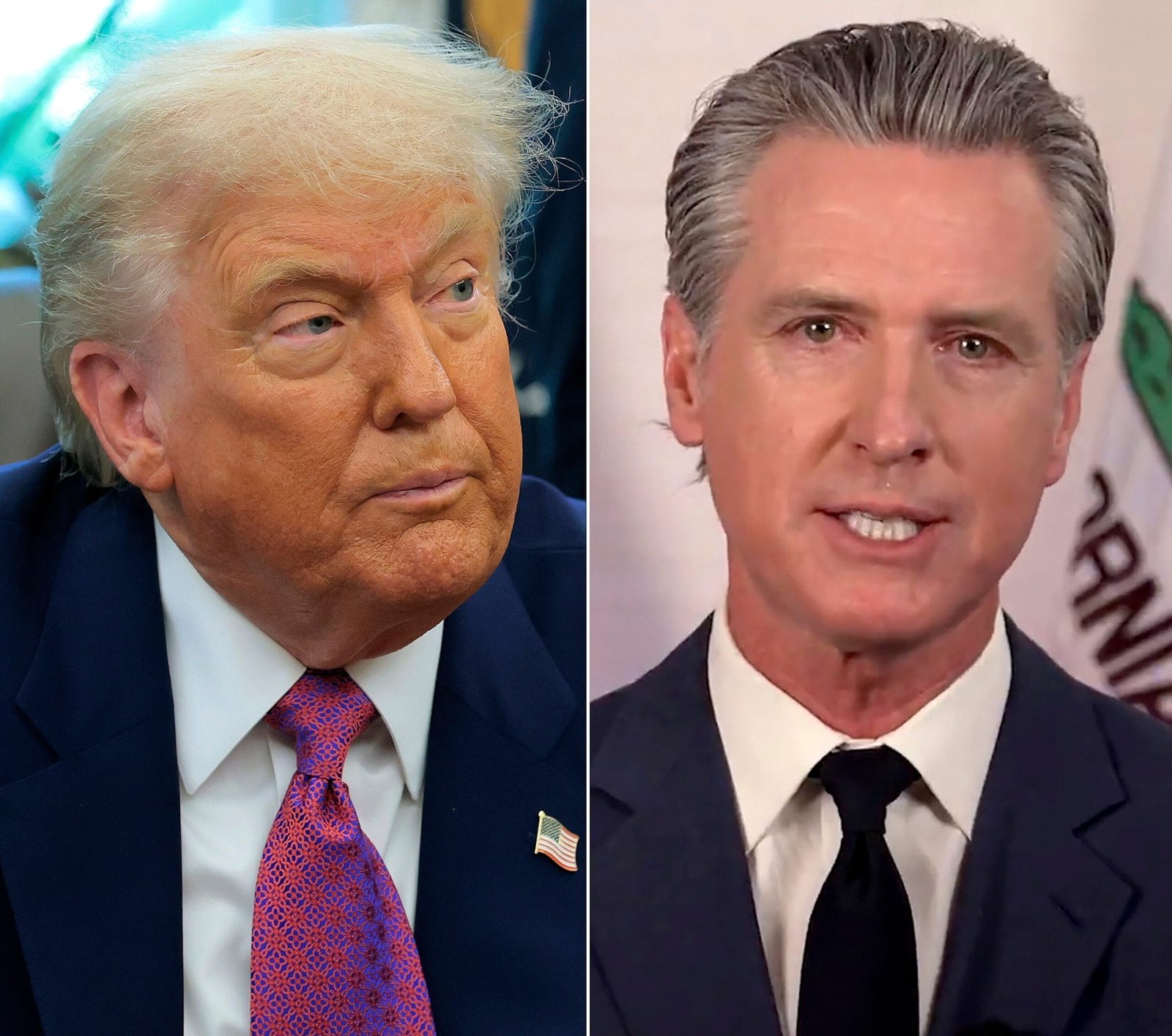
A federal judge said he will have an order “very soon” about whether the Trump administration can deploy national guards and marines in the Los Angeles area to help enforce federal immigration laws.
The governor of California Gavin Newsom and Attorney General Rob Bonta presented an emergency application on Tuesday to block the expansion of what President Donald Trump and the “unnecessary” and “illegal militarization” of the Department of Defense.
The American district judge Charles Breyer said during a federal hearing on Thursday that the problems in question are “extremely significant” and urgent, and that he intends to “act with an expedition.” After the arguments of the lawyers of the Federal Government and California, the judge said he will have an order “very soon”, possibly as soon as Thursday.
The request, which was submitted as part of the demand of Newsom and Bonto against the Trump administration, seeks to avoid the use of the Federalized National Guard and the Marines in active duty beyond the protection of buildings and federal properties.
To send thousands of national guards to Los Angeles, Trump invoked section 12406 of Title 10 of the United States Code on armed services, allowing a federal deployment in response to a “rebellion or danger of a rebellion against the authority of the United States government.” In his order, Trump said the troops would protect federal property and federal staff who perform their functions.

President Donald Trump at the Oval Office in Washington, on June 10, 2025, and California Gavin Gavin Newsom speaks during one direction, June 10, 2025.
Getty images/ap
Breyer said during the 70 -minute hearing on Thursday that the main problem before him is whether the president complied with the Statute of Title 10 and that the National Guard was “duly federalized.”
The Federal Government said that the president complied while arguing that the statute is not justicable and that the president has a complete discretion. The judge was asked not to issue a court order to “counteract the president’s military trials.”
Meanwhile, the lawyer on behalf of the State of California and Newsom said that his position is that the National Guard was not legally federalized, and that the president deployed troops in the streets of a civil city in response to the perceived disobedience is an “expansive and dangerous conception of the Federal Executive Power.”
Bonta also argued in the emergency presentation that Trump did not meet the legal requirements for said federal deployment.
“To put it without surroundings, there is no invasion or rebellion in Los Angeles; there are civil disturbances that are not different from the episodes that occur regularly in communities throughout the country, and that is capable of being contained by the state and local authorities that work together,” Bont wrote.
Breyer rejected California’s request to issue a temporary restriction order immediately and, instead, established the audience for Thursday afternoon in San Francisco and gave the Trump administration the time they requested to present an answer.
In his response, the lawyers of the Department of Justice asked the judge to deny the Newsom request of a temporary restriction order that would limit the military to protect federal buildings, arguing that such order would be equivalent to a “veto of the rufflers to the application of the Federal Law.”
“The extraordinary request of relief plaintiffs would judicially counteract the commander in the military directives of the boss, and would do so in the position of a temporary restriction order, no less. That would not have precedents. It would be constitutionally anatema. And it would be dangerous,” they wrote.
They also argued that California should not “adhere to the president’s judgment that federal reinforcements were necessary” and that a federal court should differ to the president’s discretion in military affairs.

The California National Guard is placed in the Federal Building on Tuesday, June 11, 2025 in downtown Los Angeles.
Eric Thayer/AP
Some 4,000 national guards and 700 Marines have received the order to help in the Los Angeles area after protests for immigration raids. California leaders claim that Trump inflamed the protests by sending the army when it was not necessary.
Since then, protests have spread to other cities, including Boston, Chicago and Seattle.
Trump defended on Tuesday his decision to send to the National Guard the Marines, saying that the situation in Los Angeles was “out of control.”
“All I want is security. I just want a safe area,” he told reporters. “Los Angeles was under siege until we got there. The police could not handle it.”
Trump suggested that he sent the National Guard to the Marines to send a message to other cities so as not to interfere with ice operations or will find an equal or greater force.
“If we did not attack this with great force, you would have them throughout the country,” he said. “But I can inform the rest of the country that when they do, if they do, they will find an equal or greater force than we find here.”
Alyssa puts, Peter Charalambous and Alexandra Hutzler of ABC News contributed to this report.


